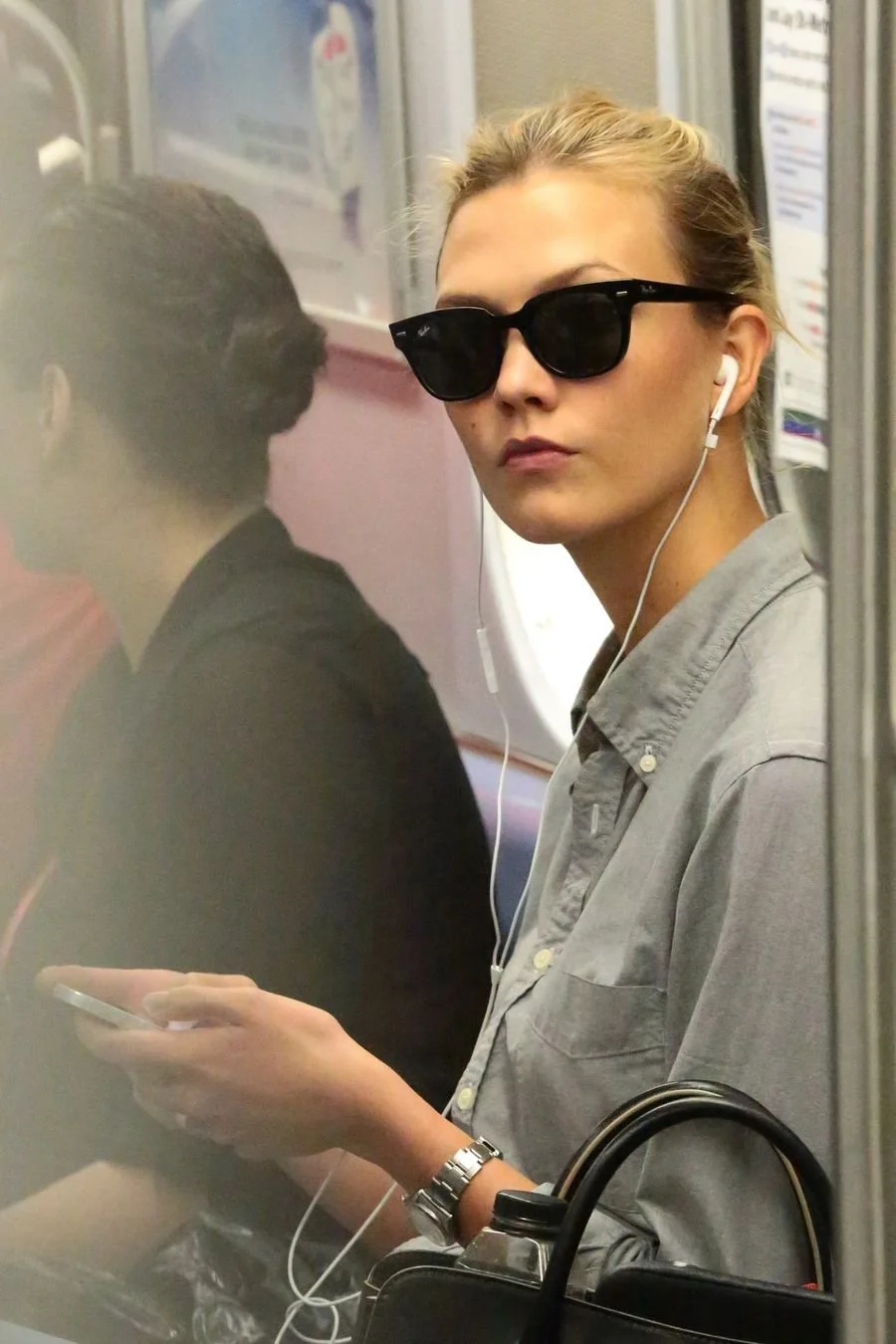Night Rides
It’s late at night. You’re standing at a stop, waiting for a bus. Placebo or Depeche Mode is playing in your headphones. The bus arrives; you get on and take a seat in the back. There’s a couple sitting somewhere in the middle and quietly talking—otherwise, the bus is empty. Ceiling lights are bright enough to see everything inside clearly, and dim enough to allow you to look outside. The bus takes off.
NIGNY/Splash News/Corbis
The passing-by street lights start melting in the reflection of the window. You are on a familiar street, but you don’t recognize it—you feel alien, you feel like you’re inside of a spaceship, you feel like you are about to levitate. Glimmering reflections of lights in the window make your heart race, yet you don’t feel nervous—on the contrary, you’re calm and confident. You feel like a character in a Michael Mann film—Thief or Collateral—steadfast, vivid, serene. The bus is moving forward.
RMV / Helmut Vogler
There’s a certain feeling that arises when using public transport—and night-time further elevates this emotion, makes it clearer, crystallizes it. Night is the catalyst for it, not the origin. This feeling comes from the public transport itself, from its qualities, its design, its nature.
Public transport is egalitarian, open to everyone and everything. No matter who you are and where you come from, it's open to you. Public transport is reliable, working round-the-clock, in any time of the day, in any weather, in any season. It is always there on time, no matter what. It’s a refuge—chilly when it's hot outside and warm when it's freezing. It is always silent and quiet. It might seem indifferent, yet it is communal. Gloomy, yet illuminated. In a way, it’s utopian.
Collateral (2004)
The feeling you get when using public transport at night is futuristic; it’s the defeat of darkness with artificial light, the fusion of nature and technology. It’s a feeling-cyborg. This feeling is novel; it’s something that people in the past have not experienced. It’s unhuman.
It's a feeling you get in a club when your conscience dissolves in the rhythm of the music and the flickering of the lights. You feel like a stranger to yourself and your surroundings; you are distant, absent, far away.
Collateral (2004)
Here, on public transport, you disappear in a certain rhythm too. The quiet monotone vrooming of the engine is the beat, the crackling sound of the overhead lamps is the melody, and the wind blowing into a half-open side window is the lyrics. It sounds almost like ambient music, something from Brian Eno’s Ambient 1: Music for Airports.
In Amsterdam, you can get this feeling—which is related to sonder—by taking a late evening ferry across the IJ river and watching the lights of the city on both sides of the boat slowly float past you while a gentle breeze ruffles your hair. This emotion comes when you take a night bus through De Pijp too, as you pass hundred-year-old buildings whose residents are going to sleep. This feeling overwhelms you as you welcome the dawn while your overnight bus moves through the high-rise offices towards the Sloterdijk station.
I have fond memories of getting this feeling while riding public transport in Kyiv. The late-night metro ride across the Dnipro river on the Kyiv Metro Bridge, looking at the lights of the city center. The cold breeze that always arrives at the Maidan station a few moments before the train itself on hot afternoons. The warmth that you feel when sitting in the back of a bus, next to the engine on cold winter nights.
K. Murali Kumar - April 2023
Night-time public transport deserves the same praise as Waffle House got from Anthony Bourdain in his TV program Anthony Bourdain: Parts Unknown. It is ordinary yet magical, reliable yet anticipated, cheap yet priceless, silent yet social, unhuman yet human. It is not of this world, yet it’s one of the best things available to almost everyone in this world. It is entrancing.





